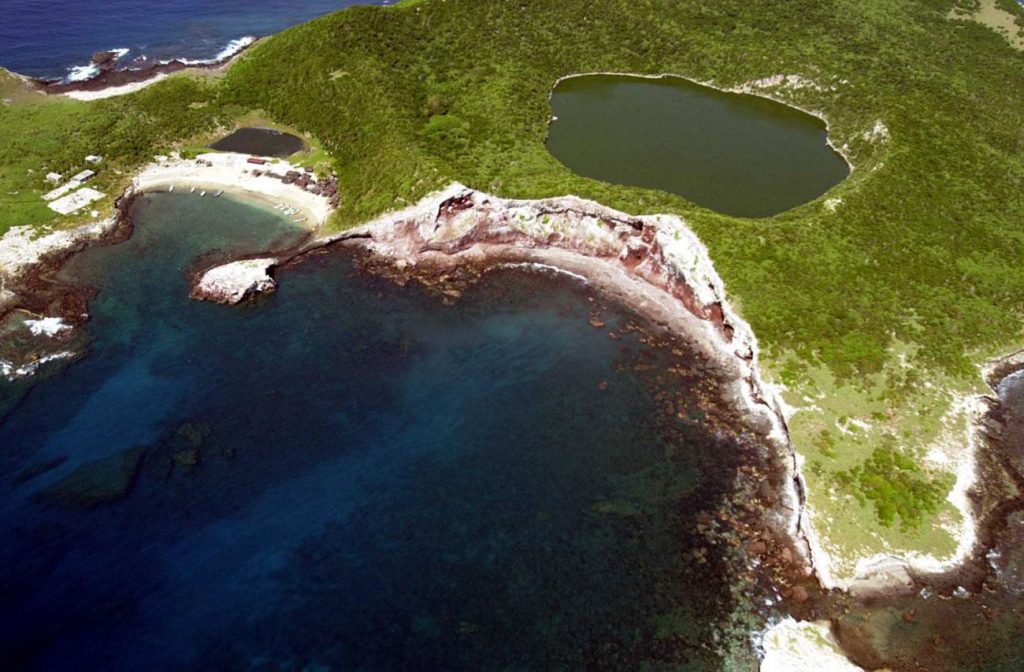Content
Located in the heart of the Pacific Ocean, Isla Isabel, known in English as Isabel Island, is a true natural treasure and one of Mexico’s protected islands. This sanctuary of biodiversity, designated as a national park in 1980, promises visitors an unforgettable experience filled with mighty discoveries and thrilling adventures.
Introduction to Isla Isabel National Park
Location and How to Get There
The Isla Isabel National Park (in Spanish: Parque Nacional Isla Isabel) is located in the municipality of Santiago Ixcuintla, in Nayarit, Mexico. You can reach the island through an exciting boat journey from the nearby town of San Blas. Its geographical coordinates are: 21º52’30″ N and 105º54’54″ W.
History and Designation as a National Park
The history of Isabel Island is as fascinating as its biological diversity. It was declared a National Park on December 8, 1980, thus protecting a unique and crucial ecosystem for many marine species and migratory birds. It covers an area of 194.17 hectares of land and aquatic rich fauna and flora.
Geographical and Climatic Characteristics
Isabel Island is famous for its unique geological features and its tropical climate. A visit to the island is an opportunity to explore volcanic formations, beautiful beaches, and a spectacular marine landscape.
Geological Description
Isabel Island is an ancient volcano with impressive rocky and rugged formations. The cliffs and caves of the island provide a safe home for birds, while the coral reefs host a diversity of marine life.
Climate and Best Times to Visit
Isabel Island enjoys a tropical climate year-round. However, the months from November to April are considered the best to visit due to the presence of numerous migratory bird species during this period.
Biodiversity of Isabel Island (Isla Isabel)
One of the greatest attractions of Isabel Island is its abundant biodiversity. This island is home to a large number of endemic species, as well as a multitude of migratory birds, given its marine ecosystems, lagoon, mangrove, slope, coastline, and sandy beach.
Endemic Flora
Isabel Island is home to a wide variety of endemic plants, including cacti and other succulents, adapted to the island’s arid conditions. 73% of the island is covered in vegetation, including deciduous tropical forest, meadows, and grasslands.
Native Fauna and Migratory Species
The island’s fauna is diverse and exciting, including species such as iguanas, snakes, and lizards. Additionally, the island serves as an important sanctuary for birds, including migratory species like the blue-footed booby and magnificent frigatebird. Notable among marine species is the whale shark, various turtle species, 24 species of rays and sharks, in addition to the presence of the brown pelican, red-footed booby, and blue-footed booby.
Eco-Tourism in Isabel Island National Park
Isabel Island is an exceptional eco-tourism destination, offering a wide range of activities and experiences for nature enthusiasts.
Popular Activities and Excursions
From diving and snorkeling to hiking and bird watching, there are a plethora of activities to enjoy on Isabel Island. Guided tours of the island and boat rides are particularly popular among visitors.
Whale Shark Watching
One of the most thrilling experiences offered by Isabel Island National Park is whale shark watching. During certain times of the year, you can marvel at the majesty of these sea giants as they swim in the waters surrounding the island. Accompanied by expert guides, you can witness this impressive species up close and admire their beauty in a unique natural setting.
Guides and Tours
Guided tours are an excellent way to explore and learn about the park. Local guides are well-versed in the island’s history and ecology, offering a unique insight into this distinctive ecosystem.
Preservation and Conservation of the Park
Isabel Island is a place of crucial conservation importance. Over time, preservation efforts have become increasingly important in maintaining the island’s beauty and biodiversity.
Conservation and Protection Efforts
There are a variety of ongoing conservation projects on the island, from bird monitoring to the protection of coral reefs and environmental education programs for visitors.
Conservation Issues and Threats to the Ecosystem
Despite these efforts, the island faces several challenges, including overfishing, pollution, and climate change. Understanding these issues is essential for any visitor committed to responsible tourism.
Culture and Local Community
The local culture and communities near Isabel Island greatly enrich the experience of any visitor. It’s a privilege to interact with and learn from these communities.
Impact on Local Communities
Tourism on Isabel Island plays a significant role in supporting local communities through jobs in tour guiding, accommodation, transportation, and other tourism-related areas.
Local communities maintain a close relationship with the island and its surroundings. Fishing and navigation are integral parts of their lifestyle and traditions, as well as respect for nature and its conservation.
Practical Information for Visitors
Careful planning of your trip to Isabel Island will allow you to enjoy an unforgettable experience. Here you will find practical information about accommodation, food, and other considerations for your visit.
Accommodation and Food
There are several accommodation options in the nearby town of San Blas, and transportation to and from the island can be arranged. Food on the island is basic, so it’s recommended to bring your own snacks and water.
Regulations and Tips for a Safe and Respectful Visit
It’s important to remember that Isabel Island is a protected national park. Visitors are asked to follow park rules, which include not disturbing animals and carrying out all trash. The use of biodegradable sunscreen is highly recommended to protect the coral reefs.
Photo Gallery
Enjoy a glimpse of the majesty of Isabel Island through our selection of photographs. Each image captures a unique aspect of this wonderful national park.
From migratory birds to the diversity of marine life, each photograph offers an intimate view of the island’s rich biodiversity.
These images capture moments of daily life in the park and its surroundings, showcasing the close relationship between the local community and this fascinating ecosystem.
